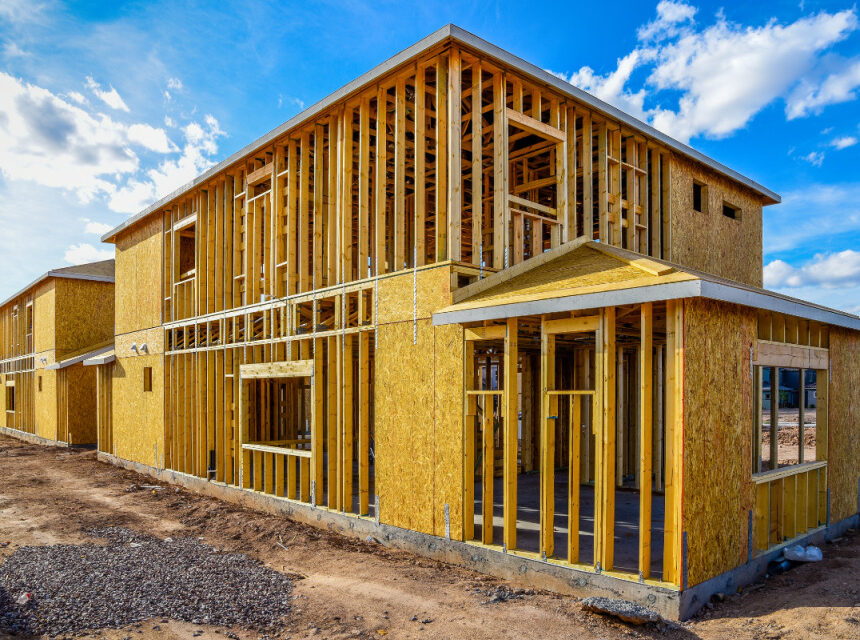Today, we’re delving into the often-confusing realms of code inspections and home inspections. While they may sound similar, these two types of inspections serve very different purposes in the world of construction, real estate, and safety compliance. Understanding these differences is crucial for homeowners, builders, and real estate professionals alike.
Code Inspections: Ensuring Compliance with Building Codes
Code inspections are conducted by professional inspectors, often employed by local government agencies. Their primary focus is to ensure that construction projects, whether new builds or renovations, comply with local building codes and safety standards. These codes are a set of regulations that dictate how buildings must be constructed to ensure safety, health, and general welfare.
Key Aspects of Code Inspections:
- Regulatory Compliance: Code inspectors verify that the work complies with the specific requirements of the local building code.
- Phases of Construction: These inspections are performed at various stages of construction, such as framing, electrical, plumbing, and final completion.
- Public Safety Focus: The main goal is to protect public health, safety, and welfare by ensuring buildings are safe and habitable.
- Legal Implications: Failure to pass a code inspection can result in legal consequences, including fines, halting of construction, or even demolition of non-compliant structures.
Home Inspections: Assessing Property Condition for Buyers and Sellers
Home inspections, on the other hand, are generally initiated by the buyer or seller of a property. These inspections are comprehensive evaluations of a home’s condition, conducted by a certified home inspector. The goal is to provide an accurate picture of the property’s state, identifying any significant issues or potential repairs needed.
Key Aspects of Home Inspections:
- Property Evaluation: Home inspectors assess the physical condition of a home, from the foundation to the roof, including systems like heating, plumbing, and electrical.
- Informing Purchase Decisions: These inspections help buyers make informed decisions and negotiate sales terms, such as price adjustments or repair requests.
- Non-Invasive Examination: Unlike code inspections, home inspections are visual and non-invasive, meaning inspectors don’t open walls or dismantle systems.
- No Legal Authority: Home inspectors do not enforce building codes and their findings don’t carry legal weight in terms of compliance.
The Bottom Line
While both types of inspections play a vital role in the realm of property and construction, they serve distinctly different purposes. Code inspections are about compliance with legal safety standards, whereas home inspections focus on the condition and value of a property. Understanding these differences is key to navigating the complexities of building, buying, or selling a property.
In summary, whether you’re a homeowner, a potential buyer, or a construction professional, recognizing the nuances between code and home inspections will empower you to make better-informed decisions and navigate the property landscape more effectively.





















